
Reading Programs for Elementary Schools
This all-inclusive suite consists of 16 comprehensive elementary reading programs for schools and provides unparalleled coverage of your K-6 reading/language arts curriculum standards.
This bundle includes the following elementary reading programs
The Best Value in K–6 Learning
Access the full Essential Skills library — all subjects, all grade levels — for one simple price per class or school. Discover why thousands of educators trust our research-based programs to build foundational skills and boost student success.
See Our PricingSee measurable student gains — or your money back.
We stand behind our programs. If your students don’t show measurable progress in 6 months, we’ll refund your subscription — no questions asked.
Just use the program 2–3 times per week for 20–30 minutes per session, and track progress using our built-in reports.
We believe in results, and we’re putting that belief in writing.

What are elementary reading programs?
Elementary reading programs are structured educational programs designed to teach and improve reading skills in young students, typically in grades K-5. These programs focus on foundational literacy skills, including phonics, vocabulary, comprehension, and fluency, to ensure that students build strong reading abilities.
Why are reading programs for elementary schools important?
Reading programs for elementary schools are important because they help students develop critical literacy skills during their early years. A strong foundation in reading is essential for academic success in all subjects, as well as for developing good communication and thinking skills. Early intervention through these programs ensures students are prepared for future academic challenges.
What components should a successful reading program for elementary students include?
A successful reading program for elementary students should include the following components:
Phonemic awareness: Teaching students how to identify and manipulate the sounds in words.
Phonics instruction: Helping students understand how letters represent sounds in written language.
Fluency development: Practicing reading with speed, accuracy, and expression.
Vocabulary building: Expanding students’ knowledge of words to improve their understanding of text.
Comprehension strategies: Teaching students how to interpret, summarize, and analyze what they read.
What are literacy programs for elementary schools?
Literacy programs for elementary schools are structured, curriculum-based initiatives designed to teach reading, writing, speaking, and comprehension skills to students in grades K-5. These programs aim to build a strong foundation in early literacy by focusing on key components such as phonics, vocabulary, fluency, and overall reading comprehension.
Many schools use a tiered strategy, such as the Response to Intervention (RTI) framework, to provide targeted support based on students' needs. This approach typically includes three tiers:
Tier 1: Core classroom instruction for all students, incorporating research-based teaching methods to ensure a solid foundation in literacy.
Tier 2: Small group interventions for students who need additional support.
Tier 3: Intensive, individualized instruction for students with significant challenges.
Examples of commonly used literacy programs include:
Fountas & Pinnell Leveled Literacy Intervention (LLI): A small-group, supplementary intervention program designed to help struggling readers make faster progress.
Wilson Reading System: A structured literacy program that provides explicit, multisensory instruction in phonics and other foundational reading skills, often used for students with dyslexia or other learning disabilities.
Essential Skills programs complement these approaches by offering comprehensive, systematic instruction aligned with the science of reading. With a focus on foundational skills such as phonemic awareness, phonics, vocabulary, and comprehension, these programs provide educators with the tools to meet diverse student needs across all tiers of instruction.
How can teachers implement the best reading programs for elementary schools in their classrooms?
Teachers can implement the best reading programs for elementary schools by:
Incorporating daily reading practice: Setting aside time for independent reading, guided reading, and read-aloud sessions.
Providing leveled readers: Offering books that match each student's reading level to encourage progress and confidence.
Using explicit phonics instruction: Teaching students how to decode words using phonics principles.
Conducting small group instruction: Grouping students based on their reading abilities for targeted support.
Integrating technology: Using digital tools and apps to enhance reading practice and track student progress.
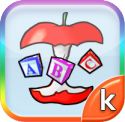 Complete Reading Program for Kindergarten
Complete Reading Program for Kindergarten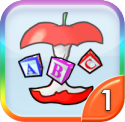 Complete Reading Grade 1
Complete Reading Grade 1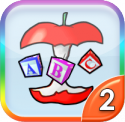 Complete Reading Grade 2
Complete Reading Grade 2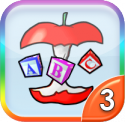 Complete Reading Grade 3
Complete Reading Grade 3 Reading Comprehension Level 4
Reading Comprehension Level 4 Reading Comprehension Level 5
Reading Comprehension Level 5 Reading Comprehension Level 6
Reading Comprehension Level 6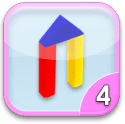 Vocabulary Builder Grade 4
Vocabulary Builder Grade 4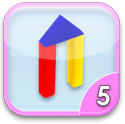 Vocabulary Builder Grade 5
Vocabulary Builder Grade 5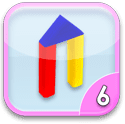 Vocabulary Builder Grade 6
Vocabulary Builder Grade 6 Spell Master Grade 4
Spell Master Grade 4 Spell Master Grade 5
Spell Master Grade 5 Spell Master Grade 6
Spell Master Grade 6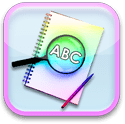 Grammar
Grammar Writing Fundamentals
Writing Fundamentals Creative Writing
Creative Writing